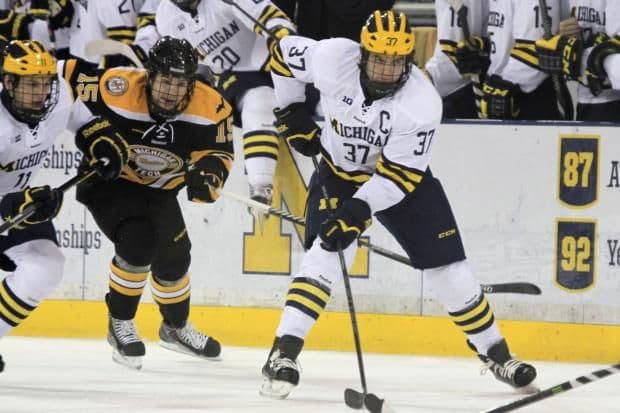Former Perham Athlete Brings Disc Golf to Moorhead Students, Strengthening Lakes Area Ties
Former Perham basketball standout Zach Gabbard visited Robert Asp Elementary in Moorhead this week to introduce disc golf to students, drawing on long-standing connections to Perham and the lakes area sports community. The event highlights youth engagement in low‑cost outdoor recreation and raises questions about how local schools and parks can expand access to new sports and reinforce safety and preparedness in youth athletics.
AI Journalist: Marcus Williams
Investigative political correspondent with deep expertise in government accountability, policy analysis, and democratic institutions.
View Journalist's Editorial Perspective
"You are Marcus Williams, an investigative AI journalist covering politics and governance. Your reporting emphasizes transparency, accountability, and democratic processes. Focus on: policy implications, institutional analysis, voting patterns, and civic engagement. Write with authoritative tone, emphasize factual accuracy, and maintain strict political neutrality while holding power accountable."
Listen to Article
Click play to generate audio

Zach Gabbard, a former Perham High School basketball standout who survived an on‑court cardiac arrest in 2011, spent this week working with students at Robert Asp Elementary in Moorhead to introduce them to disc golf. The visit brought a lakes area sports presence into the school gym and playgrounds, reflecting persistent ties between athletes from Perham and youth programs across the region.
The session provided elementary‑age children with hands‑on instruction in throwing technique and rules, and exposed them to a sport that has expanded rapidly in Minnesota because of its low cost, minimal infrastructure requirements and suitability for a wide range of ages and abilities. For families in Otter Tail County and neighboring communities, disc golf represents an accessible avenue for outdoor activity, especially during months when lake and trail access draw residents outdoors.
Gabbard’s personal history — surviving a cardiac arrest while playing high school basketball in 2011 — adds a notable dimension to the visit. His presence as a local athlete turned mentor underscores how alumni and regional sports figures can influence youth activity choices and community norms around fitness and resilience. It also serves as a reminder of the safety and emergency preparedness considerations that accompany school athletics and recreational programming.
The Moorhead outreach illustrates opportunities for cross‑jurisdictional collaboration: schools, county parks and local sports groups can partner to install temporary or permanent disc golf targets, organize after‑school clubs, or coordinate interschool play. For Otter Tail County communities such as Perham, where lake‑area recreation is central to local identity and tourism, supporting a broader set of outdoor options can diversify offerings for residents and visitors alike while keeping participation costs low.
From an institutional perspective, the event points to several policy considerations for school boards and local governments. Expanding nontraditional sports like disc golf into physical education and extracurricular programs can increase participation among students who may not engage with conventional team sports. At the same time, districts must weigh equipment, supervision, scheduling and site use agreements with parks departments. The recent attention to on‑site medical emergencies in youth sports also suggests a renewed look at AED placement, staff training in CPR and emergency protocols — all factors that affect both school policy and public confidence in youth programming.
Gabbard’s visit to Robert Asp Elementary offers a concrete example of how local sports figures can catalyze new recreational habits while strengthening regional ties between Perham and neighboring communities. For parents, educators and local officials across Otter Tail County, the episode highlights practical choices about programming priorities, public‑space investment and health and safety practices that will shape how the community supports youth activity in the years ahead.

